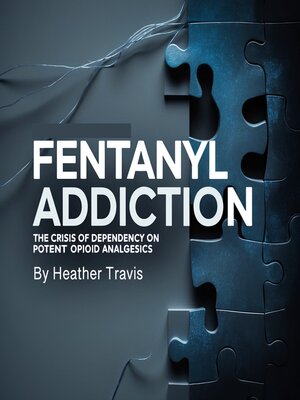Fentanyl Addiction
audiobook (Unabridged) ∣ The Crisis of Dependency on Potent Opioid Analgesics
By Heather Travis

Sign up to save your library
With an OverDrive account, you can save your favorite libraries for at-a-glance information about availability. Find out more about OverDrive accounts.
Find this title in Libby, the library reading app by OverDrive.



Search for a digital library with this title
Title found at these libraries:
| Library Name | Distance |
|---|---|
| Loading... |
This audiobook is narrated by a digital voice.
The opioid crisis has evolved dramatically over the past two decades, transforming from a prescription drug epidemic to a public health catastrophe dominated by synthetic substances. At the center of this transformation stands fentanyl, a synthetic opioid that has fundamentally altered the landscape of addiction and overdose deaths across North America and beyond.
Fentanyl was first synthesized in 1958 by Belgian chemist Paul Janssen. Initially developed as a powerful painkiller for medical use, particularly in surgical settings and for patients with severe chronic pain, fentanyl's potency was immediately recognized as both its greatest asset and most dangerous characteristic. The drug is approximately 50 to 100 times more potent than morphine and 30 to 50 times more potent than heroin, making it extraordinarily effective for legitimate medical purposes while simultaneously posing unprecedented risks when used illicitly.
The transition from prescription opioids to street fentanyl represents one of the most significant shifts in the modern drug epidemic. During the early 2000s, the opioid crisis was primarily driven by prescription medications like OxyContin, Vicodin, and other pharmaceutical opioids. However, as regulatory measures tightened around prescription opioids and their availability decreased, many individuals struggling with opioid use disorder turned to heroin as a cheaper and more accessible alternative.







